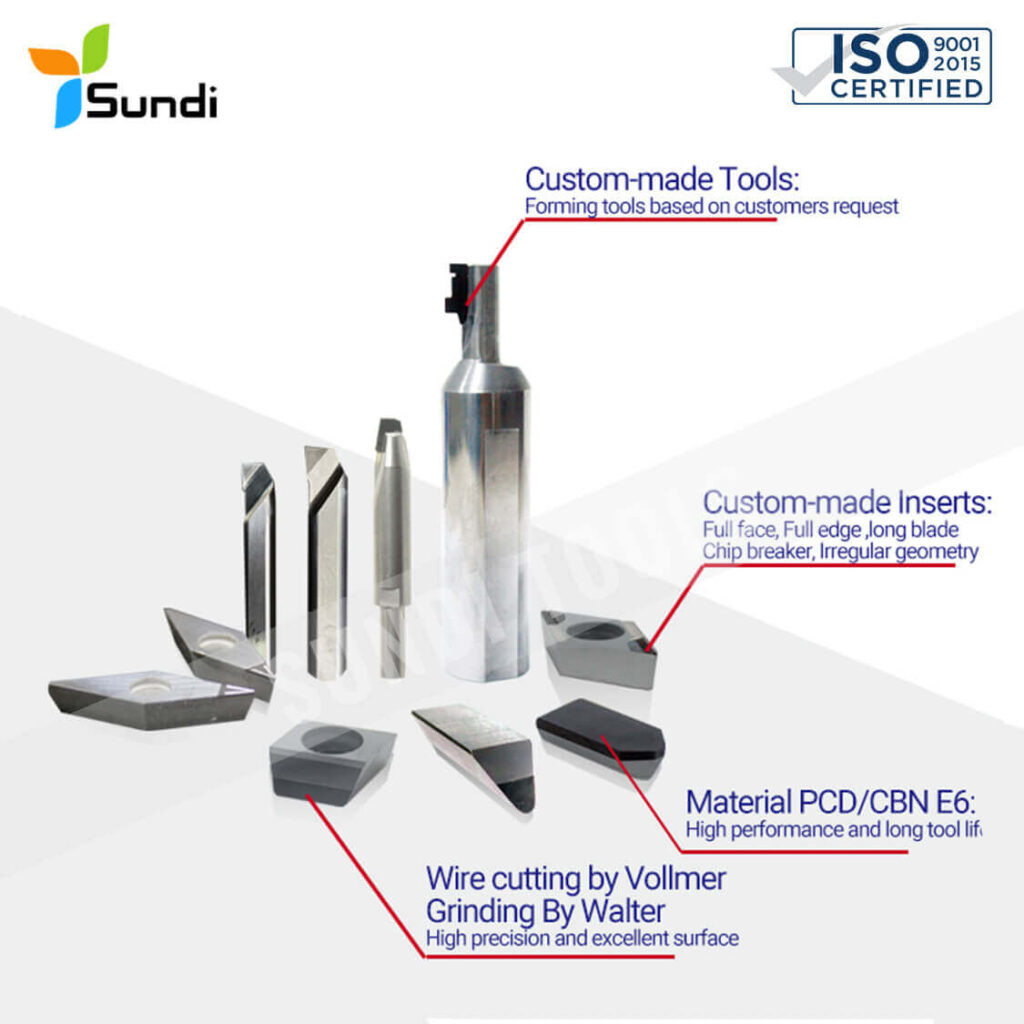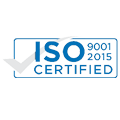Any Difference Between Ceramic Inserts and CBN Inserts for Hardened Steel
Understanding Single Point Cutting Tools, Its Advantages, and Function
Single-point cutting tools are fundamental components in the field of machining, playing a crucial role in creating precision and accuracy in various manufacturing processes. In this article, we will delve into the concept of single-cutting, examine examples of single-point cutting tools, and discuss their advantages and disadvantages. Additionally, we’ll explore the key distinctions between single cuts and second cuts and understand how single-point cutting tools compare to multi-point cutting tools. Lastly, we’ll uncover the essential function of a single cut in machining operations.
What is Single Cutting?
Single cutting, or single point cutting, is a machining technique that involves a single cutting tool with a sharp edge, known as the cutting point or cutting edge. This tool is typically used in processes such as turning, boring, and threading. During single cutting, the tool makes contact with the workpiece’s surface, removing material to create specific shapes or dimensions.
Single cutting relies on the principle of shearing, where the cutting edge slices through the workpiece material, resulting in precise chip formation. The controlled nature of single-point cutting allows for excellent surface finish and dimensional accuracy, making it suitable for applications with strict tolerances.

Single Point Cutting Tool - Advantages, and Disadvantages
Single-point cutting tools come in various forms, including:
- Turning Tools: Used for cylindrical or conical workpieces, turning tools rotate the workpiece while the tool removes material to create a desired shape.
- Boring Bars: These tools are employed to enlarge existing holes or create precise internal diameters in workpieces.
- Threading Tools: Designed for cutting threads on cylindrical parts, threading tools ensure accurate thread profiles and pitch.
Advantages:
- Precision: Single-point cutting tools excel in producing accurate and consistent results, thanks to the controlled engagement of the cutting edge with the workpiece.
- Cost-Effective Sharpening: Sharpening a single-point tool is relatively straightforward, contributing to cost-effectiveness over time.
Disadvantages:
- Limited Speed: Single-point cutting tools may have limitations in terms of cutting speeds, particularly in high-speed machining, due to factors like tool wear and heat generation.
- Tool Wear: The single edge of the tool can experience more wear than multi-point tools, necessitating frequent re-sharpening or replacement.
What is the Function of Single Cut Tools?
The function of single-cut tools, also known as single-point cutting tools, is fundamental to machining and metalworking processes. These tools serve several critical functions in the machining industry:
- Material Removal: The primary function of single-cut tools is to remove material from a workpiece efficiently and precisely. By making contact with the workpiece’s surface, the single cutting edge or point shears away excess material, creating the desired shape or dimension.
- Dimensional Accuracy: Single-cut tools are crucial for achieving dimensional accuracy in machined parts. They allow machinists to carefully control the depth and width of material removal, ensuring that the final workpiece meets precise specifications and tolerances.
- Surface Finish: These tools contribute to achieving the desired surface finish on workpieces. When properly applied, single-point cutting tools can produce smooth and high-quality surface textures, which is particularly important in applications where aesthetics or friction reduction are critical.
- Tolerances: Single-cut tools are essential for achieving tight tolerances in machining. They enable machinists to work with precision, ensuring that the final dimensions of the workpiece align with engineering specifications.
- Versatility: Single-point cutting tools are versatile and can be used for various machining operations, including turning, facing, boring, and threading. This versatility allows manufacturers to produce a wide range of components using a single tool.
- Controlled Material Removal: Single-cut tools provide control over the rate of material removal, allowing machinists to optimize machining parameters like cutting speed and feed rate. This control is crucial for preventing tool wear and extending tool life.
- Cost-Effectiveness: Single-point cutting tools are cost-effective in terms of tool maintenance and sharpening. Maintaining a single cutting edge is generally simpler and less expensive compared to multi-point tools, making them an economical choice.
- Precision Machining: Single-cut tools excel in precision machining applications where high levels of accuracy and repeatability are required. Whether producing complex contours, threads, or critical components, these tools offer the precision needed for such tasks.
In summary, the function of single-cut tools is to enable precise, controlled, and efficient material removal while maintaining dimensional accuracy and achieving the desired surface finish. Their versatility, cost-effectiveness, and ability to meet tight tolerances make them essential tools in the manufacturing industry, contributing to the production of high-quality components across various sectors.


